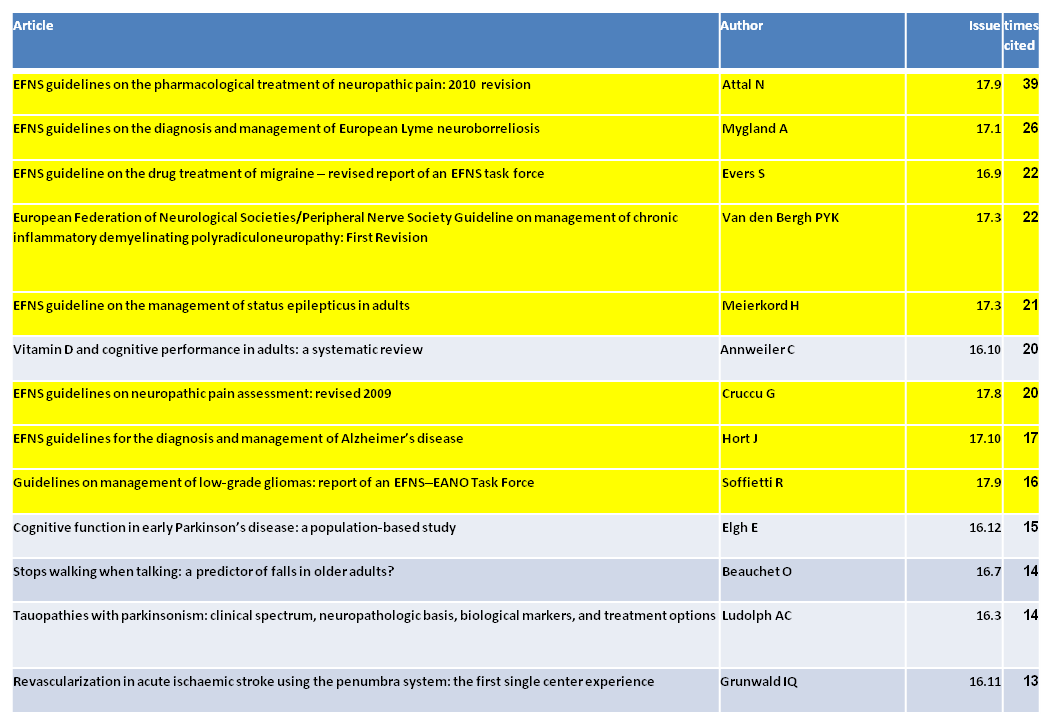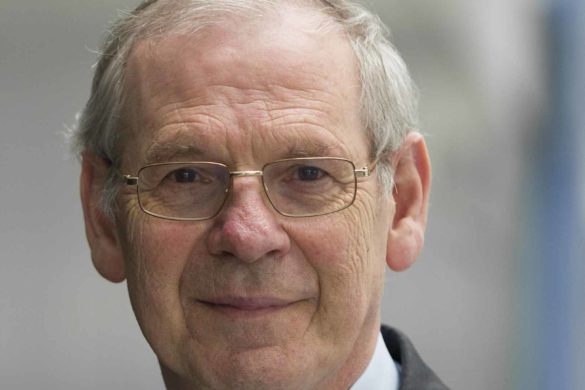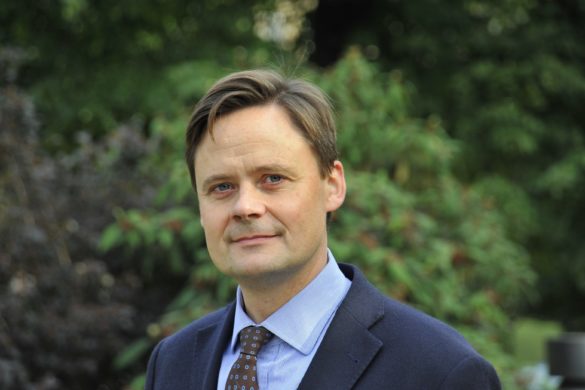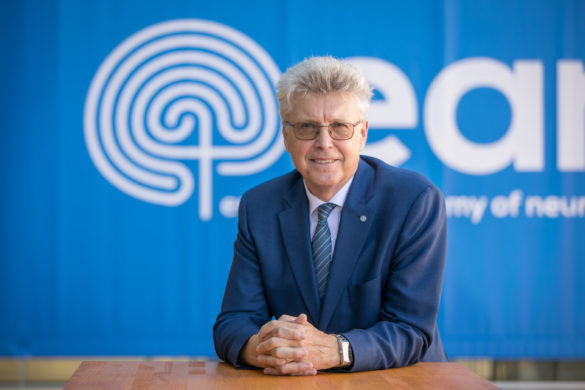• Research agenda. The European Brain Council have updated their 2006 consensus document on brain research (Di Luca,M. et al. 2011 Consensus document on European brain research. Eur. J. Neurosci. 33, 768-818). In a 50 page paper covering 43 topics Monica Di Luca and colleagues, including Past EFNS President Jes Olesen, have focused on seven fields:
1. Brain development, plasticity and ageing in health and disease
2. Mind-brain relationships and mental disorders
3. Degeneration and repair in the brain
4. Pain mechanisms and their control
5. Rehabilitation, psychological care and prevention
6. Sensory systems and autonomic disturbances
7. Diagnostics and therapy: enabling technologies
For each field, a team of experts has highlighted research priorities which governments, funding agencies and researchers should heed. Our EFNS scientific panels should also consider this document. They have a real opportunity to strengthen existing and develop new European collaborations where none exist to tackle the ambitious programme which Di Luca and colleagues have proposed. 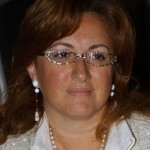
Across the fields, recurrent themes are the needs for multidisciplinary research from bench to bedside, for continuity in research funding and for simplification in the process of applying for and administering European grants. The most exciting advances often develop from the borderland between different research disciplines. Three and even five year research projects have often reached their most productive phase when funding runs out. Alternative sources of multinational European funding are all too often not available. If they are, the application process is time-consuming and chancy.
The European Brain Council has been successful in lobbying for a greater share of medical research resources being devoted to brain disease. There is a current drift of pharmaceutical industry clinical research support from Europe to Asia. Reversing this drift will require lobbying the European parliament to allocate more funds to neurological research to match the known €800 billion annual cost of brain diseases in Europe.
• Guidelines. The EFNS guideline production group was introduced in the last issue of NEUROPENEWS. It has so far published 75 clinical guidelines in the European Journal of Neurology. They are available to members of the EFNS free of charge on line and are also made freely available to members of healthcare institutions in the Hinari Band A (poorest) countries worldwide. These guidelines are evidence based documents produced according to strict rules which make them very time-consuming to produce. Unlike the guidelines some other institutions, where evidence is lacking, the guideline group may express a consensus opinion as a “good practice point”. The effort is highly valued and the guidelines have become the most highly cited papers in the journal. The table shows the most frequently cited European Journal of Neurology papers in 2011. Guidelines take eight of the top ten places. Their authors and our Scientific Committee (Chair Michael Brainin Austria) which oversees the guideline process have earned our congratulations. Remember that guidelines are not a substitute for careful clinical assessment and judgment. It was well said by the fighter pilot, Douglas Bader, about rules that they are for the guidance of wise men but the obedience of fools. The same applies to guidelines.
Table Top cited articles in European Journal of Neurology 2011


